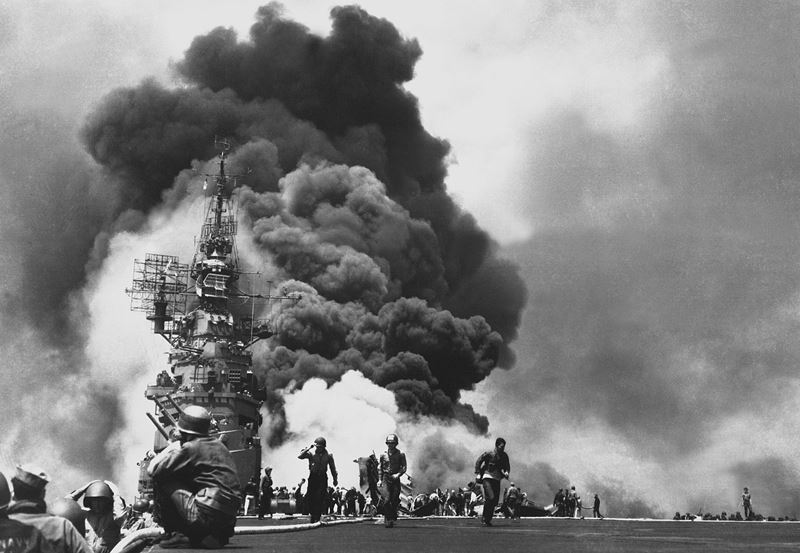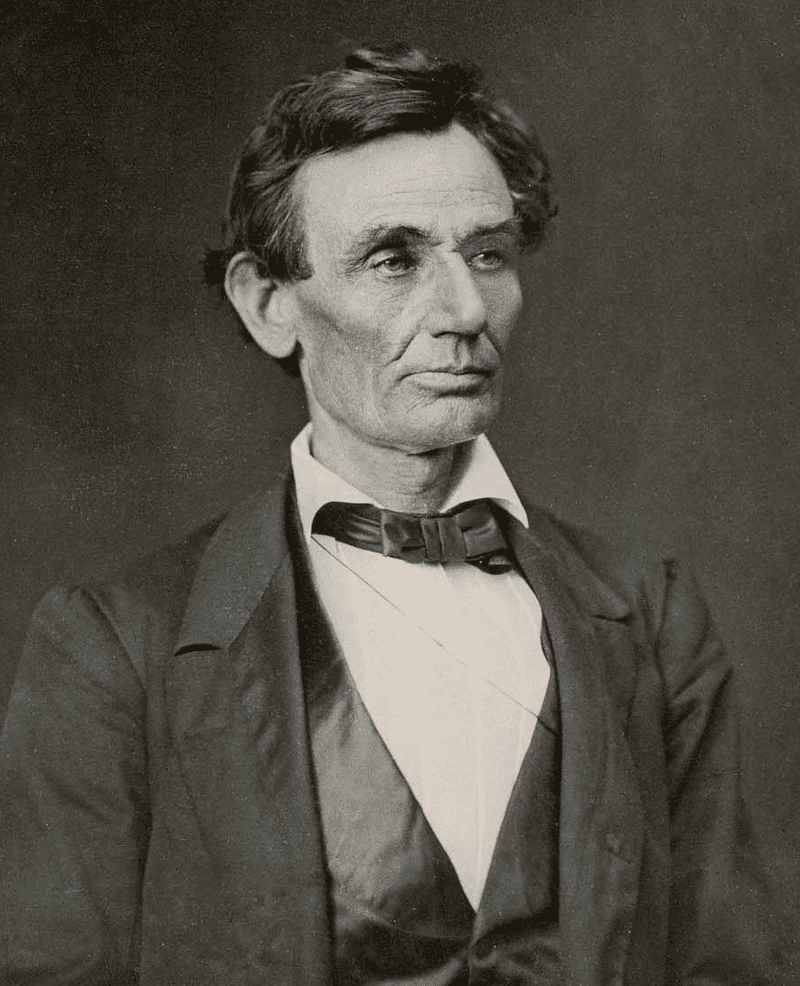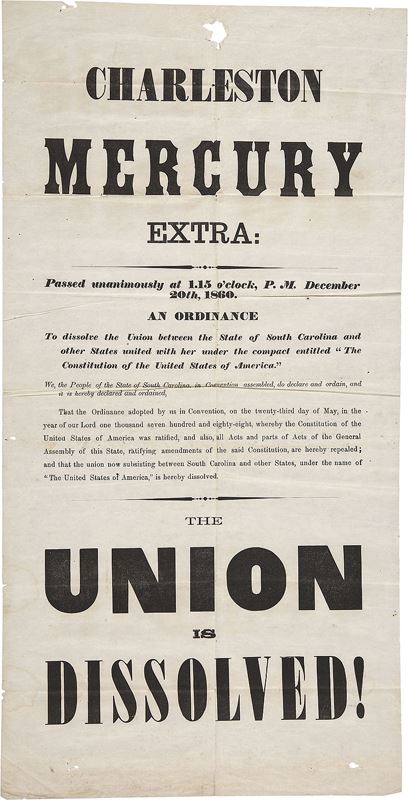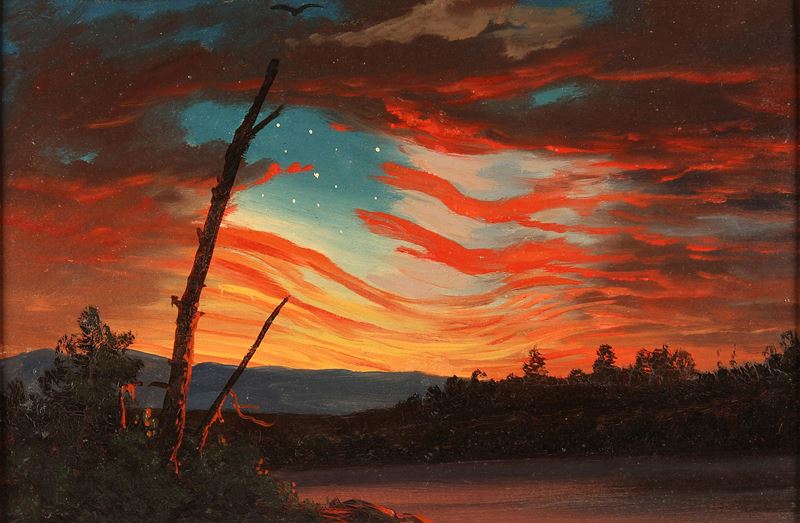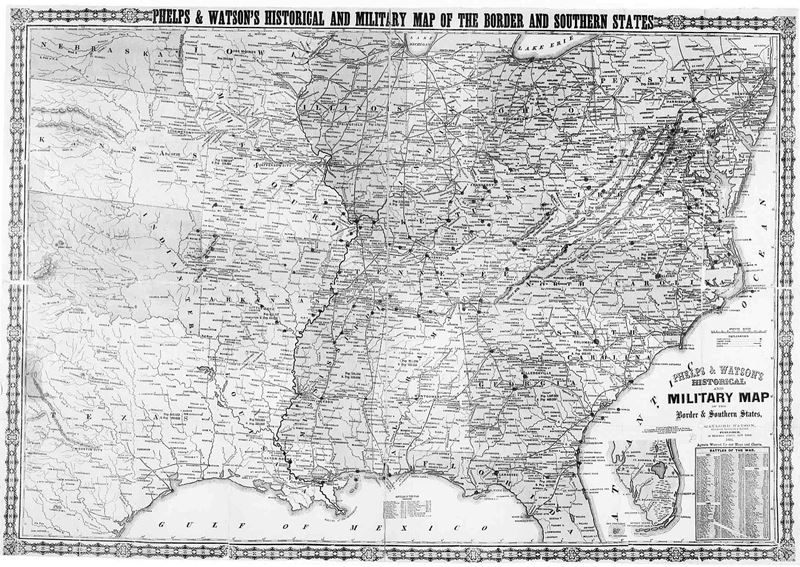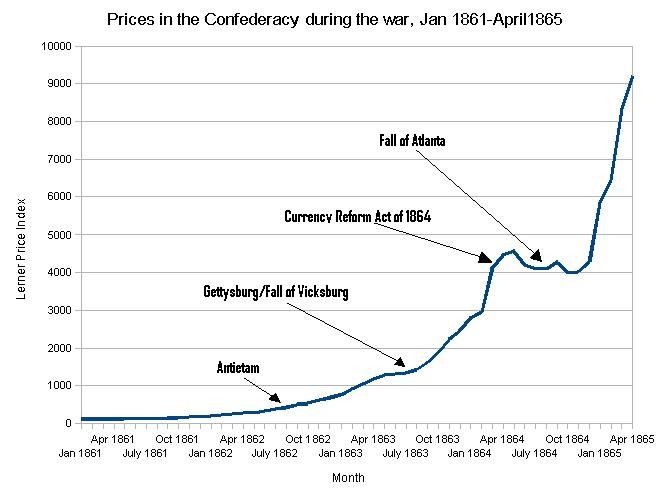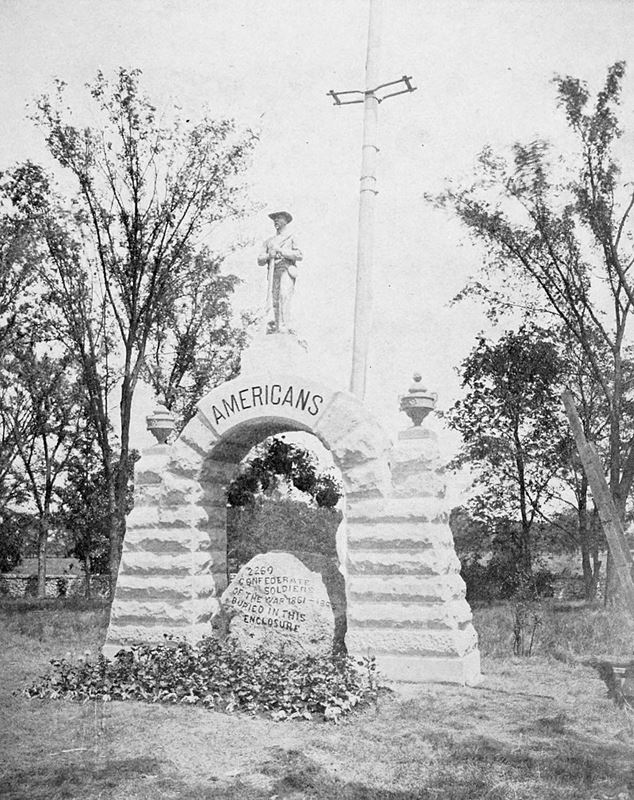Table of Contents
WWII brought a lot of firsts, with the Pacific War being a prime example. This was the first major battle that took place in Asia, the Pacific, but also Oceania, and the Indian Ocean. If you visit the Pacific War museum, you will have a good understanding of the scale and diversity that this war brought to the table. In fact, it’s considered to be the largest theater of water, since it covered so many different locations.
Historical background
One of the things few people know about the Pacific War is that this didn’t really start during WWII. In fact, there was already a lot of tension in the region, mostly between China and Japan. These started early during the 1930s, and the Sino-Japanese war itself started in July 1937. Japan also had tensions with the West for quite some time. However, the Pacific War began on December 7th, 1941.
At that time, Japan invaded Thailand, they also attacked Hong Kong, Singapore, Malaya, and also the US naval and military bases in the Philippines, Guam, Wake Island, and Hawaii. What’s important to note about the Pacific War is that the Allies were all facing Japan. However, Japan also had its own help, especially Thailand, although the Axis allies also helped it as well.
Why did Japan attack the neighboring countries? There are many different reasons why people think they attacked those countries, but one of the main speculations is that the country had shortages of natural resources, especially oil. Then there were other factors, like the ambition of displacing the US from being a dominant power in the Pacific. That’s why they attacked the British and US forces in the region. They also chose to seize many of the resources found in SE Asia.
The Pearl Harbor attack
The start of this Pacific War was none other than the famous Pearl Harbor attack. This particular attack ended up damaging the American fleet and it assured that at least for a while, American forces were not able to interfere during the Japanese attacks within that region. However, the US didn’t just stop it declared war on Japan. That’s when Germany declared war on the US, and the US forces declared war on Germany.
After the Pearl Harbor attack, which you can see on any Pacific War map, you will notice that Japan had a lot of military successes. In fact, in December of that year, they took Wake Island, but also Guam and Hong Kong. During the first half of the next year, Japan was also able to conquer Burma, Singapore, Malaya, and Indonesia. With that being said. They pressured the leaders of these countries to declare war on the UK and the US.
In fact, few countries were able to stop the Japanese Forces. The British forces found in India and also the New Zealand forces in New Guinea were able to stop the Japanese from advancing. That’s why Pacific War Japan’s influence was so feared because they were advancing at a very rapid pace and it felt that no one would be able to stop them fast enough.
A turning point for the Pacific War
Japan was doing very well during the war, but a turning point appeared during the battle of Midway in June 1942. The American naval forces were able to eliminate the Japanese forces, which turned back due to heavy losses. During the August of that year, the US forces advanced and attacked the Japanese on the Solomon Islands. The latter forces lost, so they had to retire in February 1943. The Japanese forces decided to go to the Guadalcanal island, as they felt was the most appropriate one to regroup.
That was considered to be the turning point for this particular war. Once that happened, the Allies were able to obtain more and more control not only via the air but also naval control as well. They were moving from one island to the next, conquering and expanding their quest. However, they did sustain many casualties during that time. The Japanese forces were still able to defend some of their Chinese mainland positions up until the end of the war.
1944 and 1945
In October 1944, the US forces started regaining the Philippines from Japan, and eventually, they managed to do that since the Japanese forces surrendered in August 1945. The US forces knew that having control over the air forces would help a lot, and that did come into play in 1945. That’s when they created a specific bombing strategy with the main focus being on crippling Japan as much as possible.
While that was happening, the British forces were also hard at work trying to recapture Burma. Early that year, the US forces were battling Japanese forces in Okinawa and Iwo Jima, two battles that brought severe losses on the American side. These were extremely important from a strategic standpoint, and that’s usually shown when you see Pacific War in color videos.
It was very tough to take those locations, especially with suicidal Japanese air attacks and many casualties. However, the US forces did manage to take Okinawa in June 1945, signaling the beginning of the end in the case of Japanese forces.
While the WW2 Pacific battles were terrifying, the truth is that the most problematic yet iconic part of the Pacific War happened when the US forces launched the Atomic bomb. On August 6 1945 the US forces launched an atomic bomb on the city of Hiroshima, with tens of thousands of people dying from the explosion. Not only that, but many others died from radiation exposure.
The US forces didn’t stop, and they dropped another one 3 days later, this time on the city of Nagasaki. The exact number of casualties is unknown, but estimates state that around 120000 people were killed during the launch of both atomic bombs. On the 7th of august, the Soviet Union also declared war on Japan, and they attacked Manchuria.
Ending the war
The Pacific War ended when Japan chose to surrender on August 15, 1945. When that happened, the US forces started occupying Japan. The complete surrender took place on September 2nd. That’s when Japan chose to formally surrender to the Soviet Union, Great Britain, and the United States. What’s important to keep in mind about the Pacific War is it came with a massive human cost. In fact, around 2 million Japanese people out of which around 700000 were civilians ended up killed due to military action. Not only that but hundreds of thousands of people ended up dealing with starvation and terminal disease.
Even the US forces suffered a lot of losses. How much do wars cost? As you can see, the human cost here was massive, around 6000 Americans were killed in action, and more than 100000 people from the Allied side also lost their lives as well.
Then we have the strategic bombing that ended up destroying roughly 40% of the built areas in 66 Japanese cities. Around 30% of the urban population also lost their homes and what they owned at that time. What the Pacific War WW2 shows us is that wars can be very difficult, costly and many times unnecessary. This is one lesson that humanity has learned and we did not have any wars at this scale from 1945 onward.

